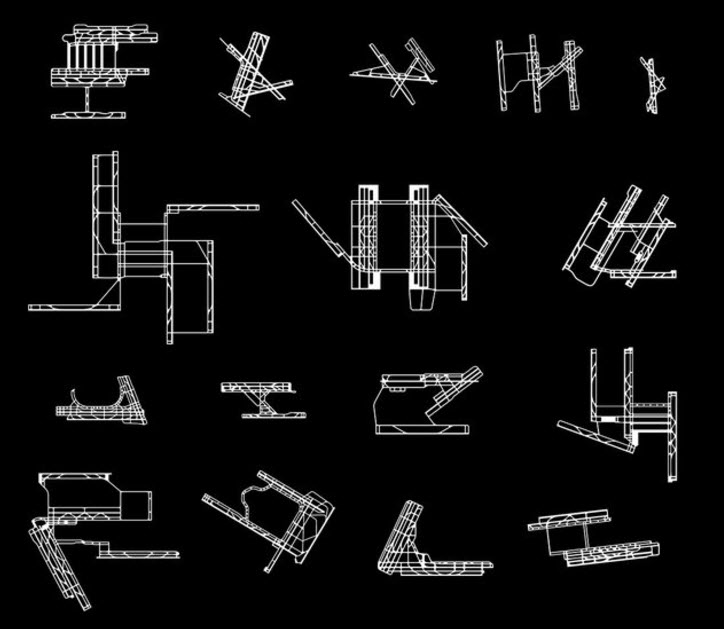Written for APEX.aero
APEX Insight: It’s said that a mile of road can only take you a mile, but a mile of runway can take you anywhere. The taxiway and runway layout of airports may look to be a confusion of concrete, but there’s a method to the striped and lit madness.
Major airports with multiple runways can have a riotously complicated taxiway system. Inner and outer taxiways, some one way, some limited by aircraft size and weight, can confuse a pilot unfamiliar with an airport.
Despite different lights and markings, and runway visual and navigational aids, approaching pilots have confused a parallel taxiway with a runway. Earlier this year, actor Harrison Ford landed his light aircraft on a taxiway at John Wayne airport, and last month, an Air Canada crew approaching San Francisco International realized they were lined up with a taxiway crowded with departing aircraft. The crew initiated a go-around and narrowly escaped what could have been a major accident.
In the pioneering days of passenger aviation, an airport wasn’t much more than a large cleared field on the edge of town. With a windsock and a shack to protect passengers from the elements, early aviators would try to land and take off in whatever direction kept the wind on the nose of the plane. Having a headwind reduces the groundspeed of a plane, dropping the required runway length – a reality of airport operations.
Those early airports morphed as aircraft grew, adding hard-surface runways that were hopefully aligned with the prevailing winds. But the location and local topography often dictated the airport’s layout. Chicago’s Midway Airport is shoehorned into a tiny chunk of land, surrounded by the city, while Madeira Funchal Airport’s single runway is built up on pilings, parallel to the rugged coast. Pilots flying there often deal with strong crosswinds blowing onshore, perpendicular to the runway.
Airports like Medeira, and Princess Juliana Airport in Saint Maarten don’t have the room for taxiways, so pilots must make a 180-degree turn on the runway to taxi back to the terminal. Getting the plane off the runway quickly is critical to safe airport operations.
Airports like Dallas-Fort Worth and Amsterdam have sprawling layouts, permitting simultaneous approaches and departures on multiple runways. Seen from above, the layouts of these massive airports could be considered a piece of linear, abstract art.
NOMO, a Chicago-based creative studio, has created a series of posters and apparel featuring the layouts of the world’s major airports.
